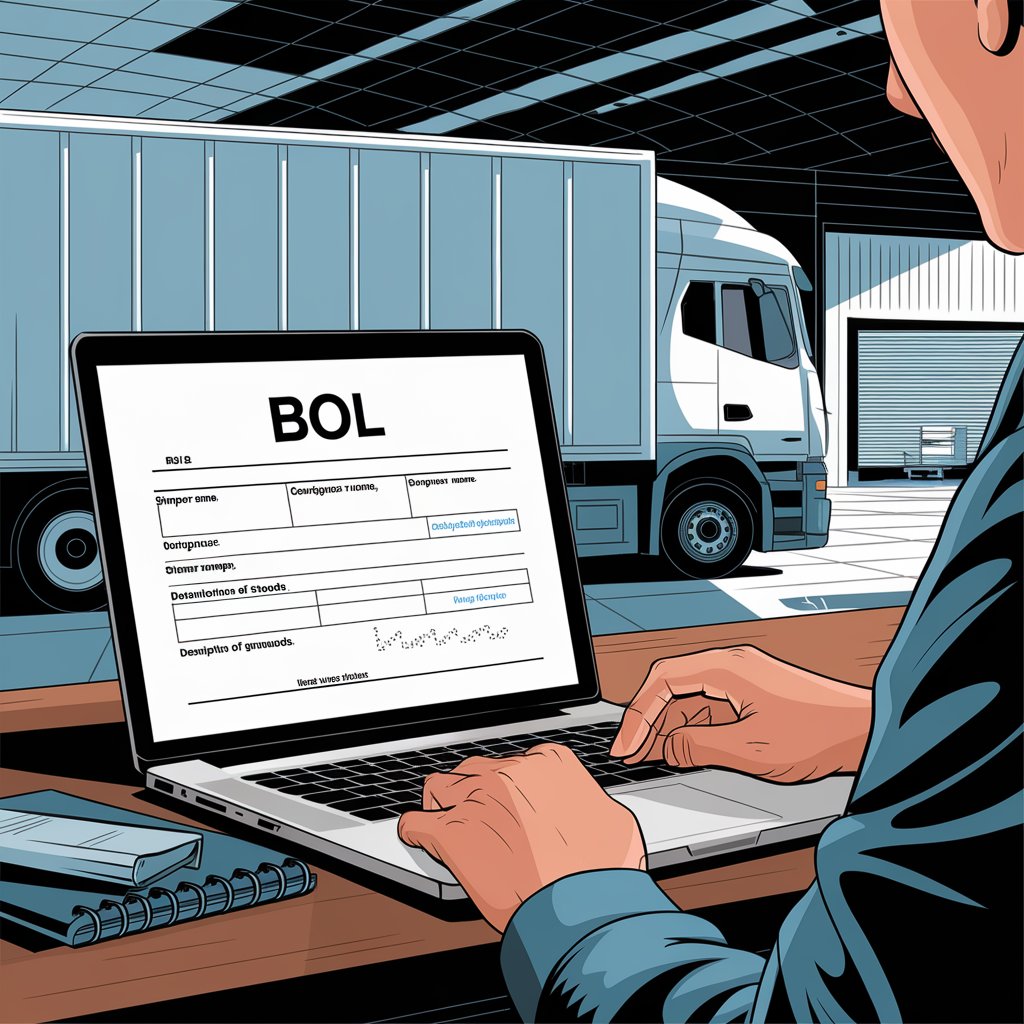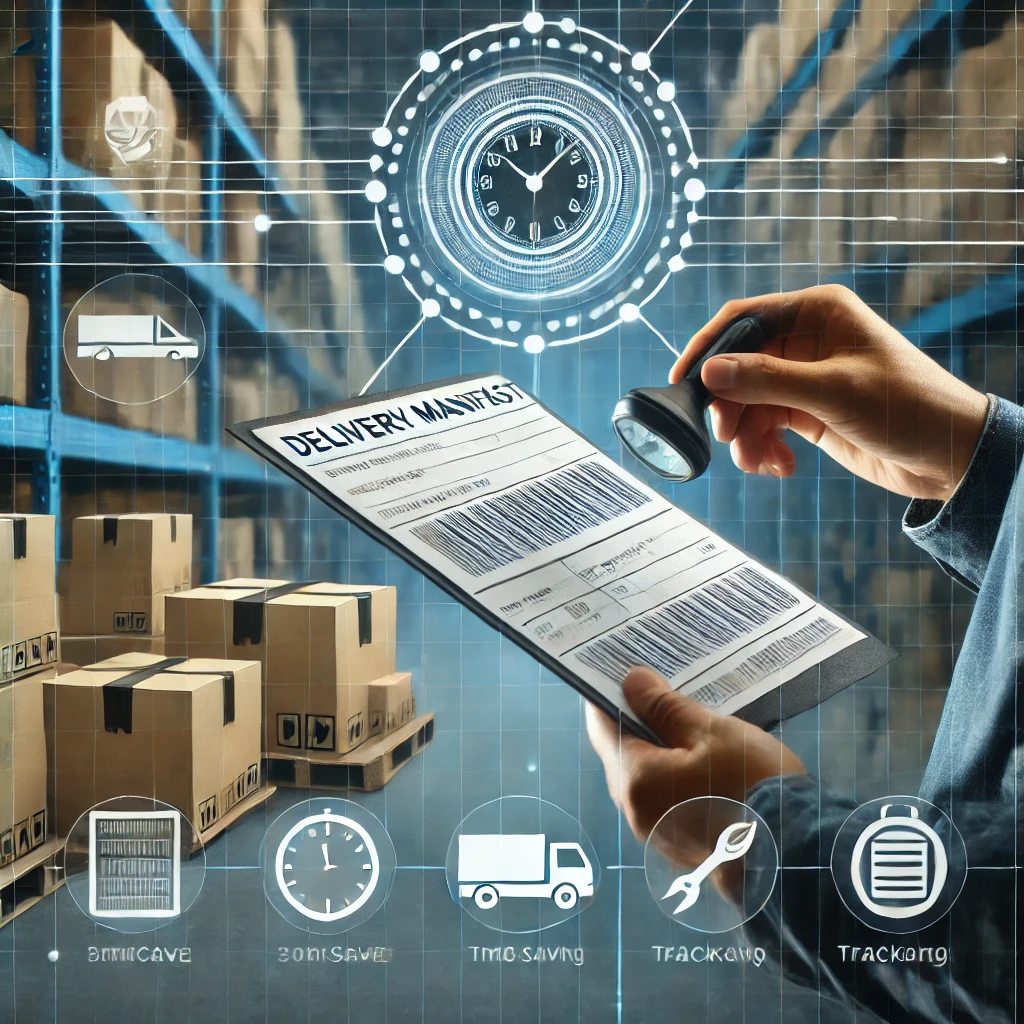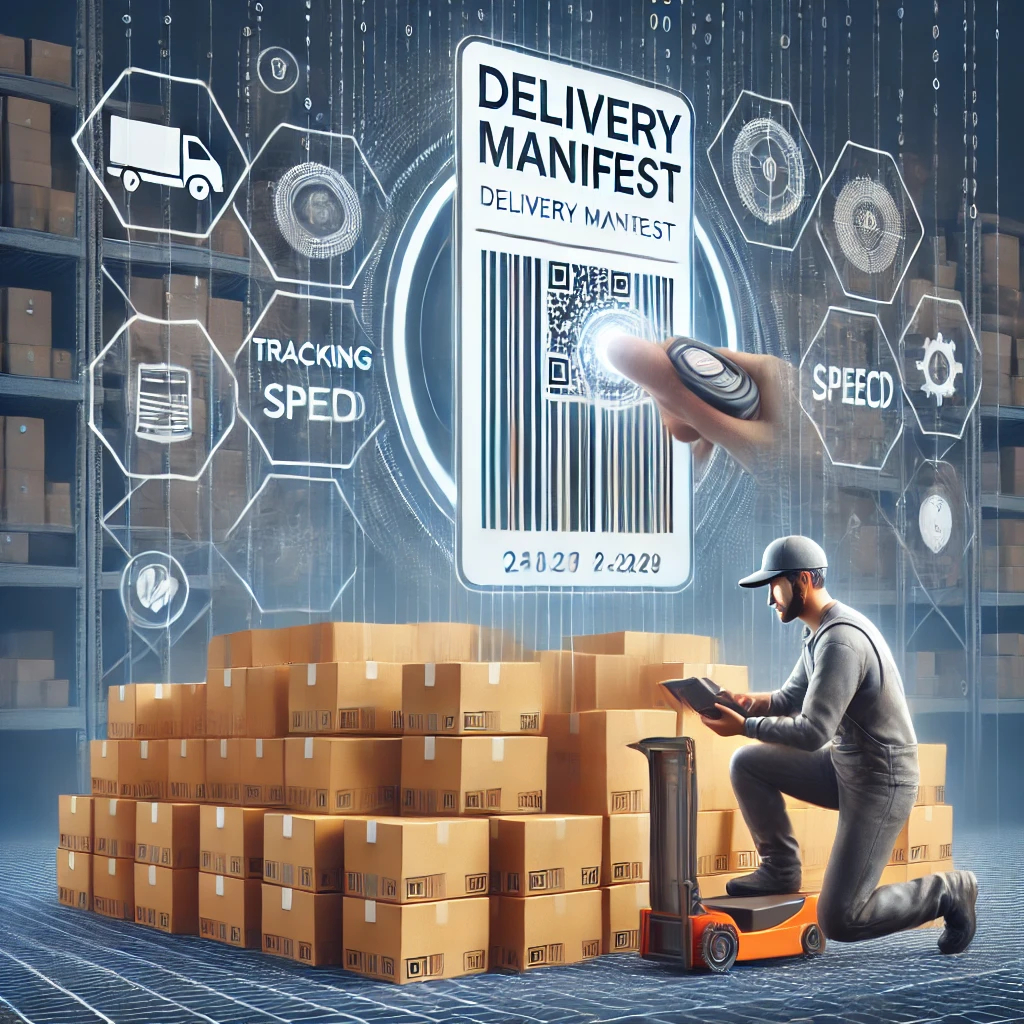The Ultimate Guide to Delivery Manifests: Streamlining Your Shipping Process

What is a Delivery Manifest?
A delivery manifest, also known as a shipping manifest or scan form, is a crucial document in the logistics industry. It serves as a consolidated record of multiple shipments, containing essential information about each package within a single, easily scannable code.
Key Components of a Delivery Manifest:
- Shipment details (tracking numbers, destinations, etc.)
- Sender information
- Recipient information
- Package weights and dimensions
- Shipping class or service level
- Special handling instructions
The Importance of Delivery Manifests
Delivery manifests play a vital role in streamlining the shipping process for both shippers and couriers. Here’s why they’re so important:
- Efficiency: Instead of scanning each package individually, couriers can process multiple shipments with a single scan.
- Accuracy: Reduces the risk of missed scans or data entry errors.
- Time-saving: Significantly speeds up the package handover process.
- Tracking: Provides a clear record of all shipments dispatched in a single batch.
- Compliance: Helps meet regulatory requirements for shipping documentation.
How Delivery Manifests Work
- Creation: The shipper generates a manifest for a batch of packages, usually through shipping software or a courier’s platform.
- Consolidation: All relevant shipment information is compiled into a single document with a unique barcode or QR code.
- Handover: The shipper provides the manifest along with the packages to the courier.
- Scanning: The courier scans the manifest’s code, automatically processing all included shipments.
- Confirmation: The system updates to show that all packages have been received by the courier.

Supported Couriers and Best Practices
Many major couriers support the use of delivery manifests, including:
- USPS (United States Postal Service)
- Australia Post
- Royal Mail (UK)
- Canada Post
- FedEx
- UPS
Best Practices for Using Delivery Manifests:
- Same-day Generation: Create manifests on the same day as shipment creation for maximum accuracy.
- Respect Cut-off Times: Be aware of courier-specific cut-off times for manifest generation.
- Organize by Location: Generate separate manifests for different pickup locations.
- Avoid Duplication: Ensure each shipment is only included in one manifest.
- Plan Ahead: Consider future pickup dates when creating manifests.
How to Generate a Delivery Manifest
The process of generating a delivery manifest can vary depending on the courier and the shipping platform you’re using. However, the general steps are as follows:
- Log into your shipping account or software.
- Select the shipments you want to include in the manifest.
- Choose the option to generate a manifest (may be called “Create Scan Form” or similar).
- Review the shipments included and confirm.
- Print the generated manifest.

Benefits of Using Delivery Manifests
- Faster Processing: Reduce time spent at courier drop-off locations.
- Improved Tracking: Ensure all packages are accounted for from the start of their journey.
- Cost Efficiency: Save on labor costs associated with individual package processing.
- Enhanced Reporting: Easier to reconcile shipments and maintain accurate records.
- Customer Satisfaction: Quicker processing often leads to faster delivery times.
Challenges and Solutions
While delivery manifests offer numerous benefits, there can be challenges in implementation:
- Technology Integration: Ensure your shipping software supports manifest generation. Solution: Choose shipping platforms with robust manifest features or API integration.
- Training: Staff may need to learn new processes. Solution: Provide comprehensive training and create clear standard operating procedures.
- Cut-off Times: Missing manifest generation deadlines can cause delays. Solution: Set up automated reminders and integrate manifest creation into daily workflows.
- Multiple Pickup Locations: Managing manifests for different locations can be complex. Solution: Use software that supports location-based manifest generation and management.
The Future of Delivery Manifests
As e-commerce continues to grow, delivery manifests are likely to become even more sophisticated:
- AI Integration: Predictive analytics to optimize manifest creation and shipping routes.
- Blockchain Technology: Enhanced security and traceability of shipments.
- Real-time Updates: Dynamic manifests that update as shipment statuses change.
- Environmental Impact: Digital manifests to reduce paper usage and carbon footprint.

Conclusion
Delivery manifests are a powerful tool in the modern shipping ecosystem. By consolidating shipment information and streamlining the handover process, they offer significant benefits in terms of efficiency, accuracy, and cost-effectiveness. As shipping volumes continue to increase, the role of delivery manifests in optimizing logistics operations will only grow in importance.
Whether you’re a small e-commerce business or a large-scale logistics operation, implementing delivery manifests into your shipping workflow can provide a competitive edge in today’s fast-paced market. Embrace this technology to enhance your shipping process, improve customer satisfaction, and drive your business forward in the digital age of commerce.
